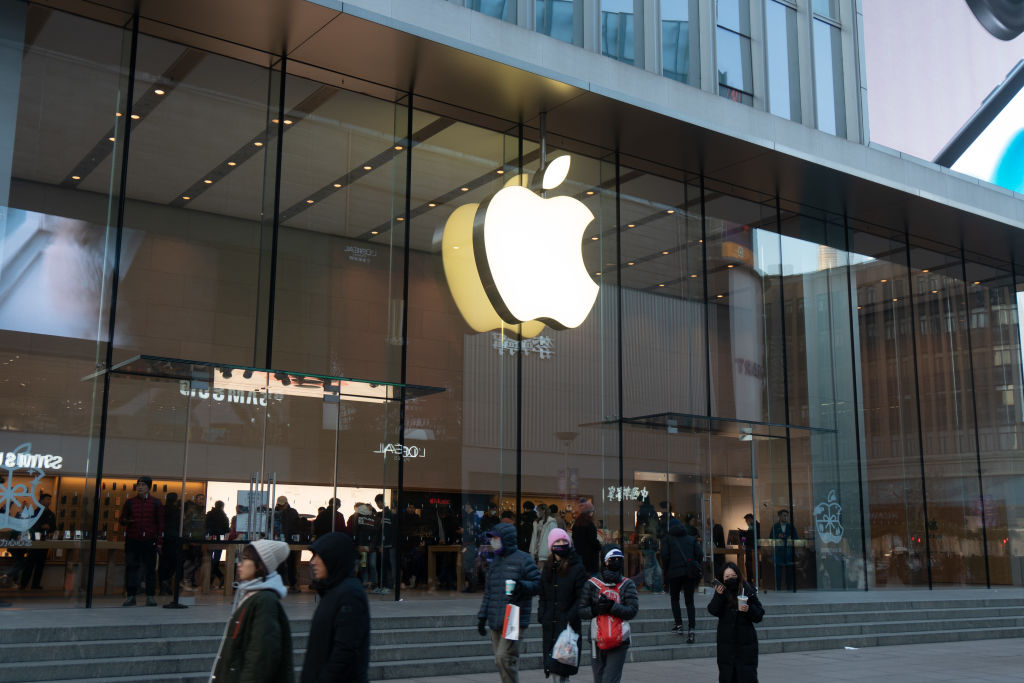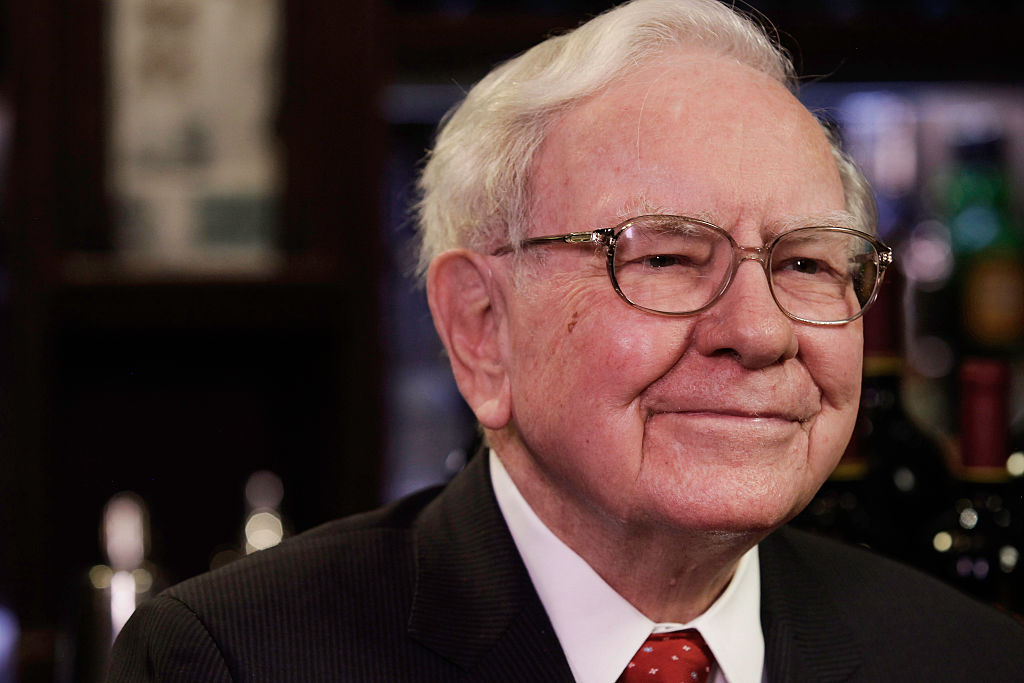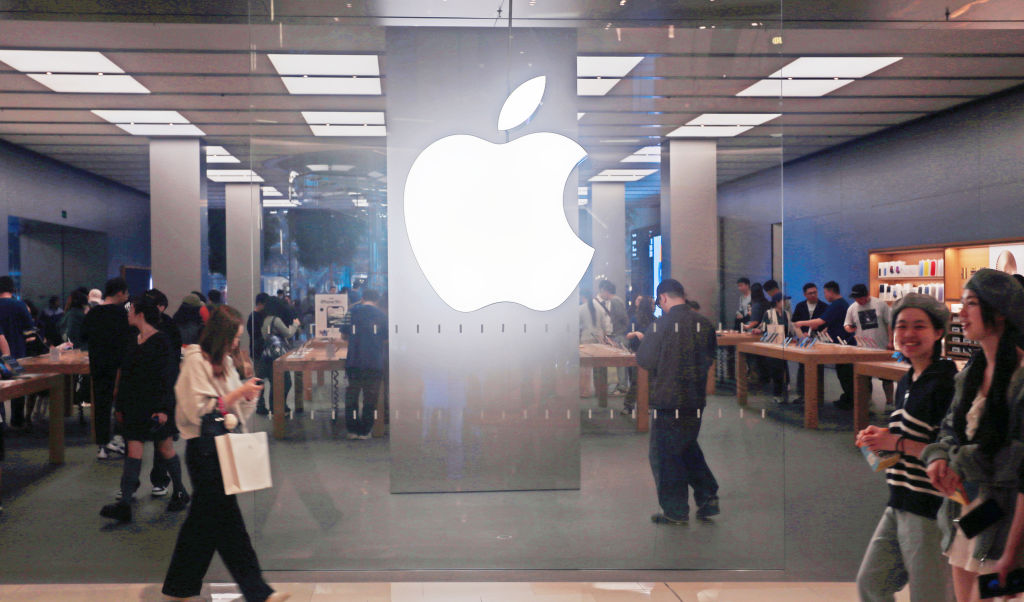4 Great Stocks Loved by Millennials
Young Investors are warming up to the market and filling their portfolios with familiar names.

The kids are all right—or at least they will be. The oldest of the millennials, loosely defined as those born between 1981 and the turn of the century, are approaching 35. And as the generation matures and enters its prime wealth-building years, reality is setting in about long life expectancies and the solvency of Social Security. According to Bankrate's latest survey of investing professionals, three-quarters of the market gurus polled agree that millennials are ready to take on more risk and invest in stocks in order to afford the things they want, including eventual retirement.
In fact, TD Ameritrade reports that among its customers, two-thirds of the typical millennial portfolio is already invested in individual stocks. "Young investors are stock pickers," says Nicole Sherrod, managing director of the trader group at TD Ameritrade. "And from what we see of the stocks that they've been investing in en masse, they're doing pretty well."
Which stocks do they like? It turns out that, despite reports of their many differences, millennials and baby boomers have similar investing tastes. According to Openfolio, a social media network where investors can share and compare their portfolios, six of the top 10 stocks held by people ages 25 to 34 are also favorites of folks 50 to 64: Apple, Facebook, Walt Disney, General Electric, Microsoft and Google.

Sign up for Kiplinger’s Free E-Newsletters
Profit and prosper with the best of expert advice on investing, taxes, retirement, personal finance and more - straight to your e-mail.
Profit and prosper with the best of expert advice - straight to your e-mail.
Popular Stocks Among Millennials
Apple (symbol AAPL, $115.15) is the top holding across all generations, according to both Openfolio and TD Ameritrade. Millennials seem particularly enamored. Apple is often the first stock trade for investors of this generation, says Sherrod. Its popularity should be no surprise to anyone who has noticed that the stock has more than tripled in value over the past five years. Less expected: It remains relatively affordable. The stock sells at 12 times estimated year-ahead earnings. That's cheaper than the 17 forward price-earnings ratio of Standard & Poor's 500-stock index.
Apple promises to continue its rise as the company consistently churns out upgrades, as well as new products. Anthony David, a Washington, D.C.-based financial adviser with Morgan Stanley, points to high demand for both the iPhone and new Apple Watch to support Morgan Stanley's 12- to 18-month price target of $155, an aggressive one-third above the stock's mid August price of $115. In the quarter that ended in June, the company sold more than 47 million iPhones, now in its tenth iteration. That's 35% more than during the same period in 2014. Those sales totaled $31.4 billion, 59% more than the product earned the year before. The Apple Watch is off to a good start. After being introduced in the U.S. in April, it sold 20% more pieces than first-generation iPhones did in its first six weeks.
Facebook (FB, $93.43) is the second-most popular stock among millennials, according to TD Ameritrade. (According to Openfolio, it's second among 25- to 34-year-olds and third among investors under the age of 25.) Like Apple, its popularity is evident in the skyrocketing price. Since its initial public offering at $38 in May 2012, Facebook's stock sank to a low of $18 that September but has since soared to near $100. And it still might have room to run. The site may be relatively old in the social media world, but "it is still early days in the company's effort to grow as an industry-leading global advertising business," says David.
The social network does hold the attention of a growing number of users. In the second quarter of 2015, the site reported 968 million people actively using it on a daily basis, up 17% from the year before. The number of daily visitors using a mobile device has grown at an even faster pace, 29% to 844 million. All those eyeballs mean big money for the company. Advertising revenue totaled more than $3.8 billion in the second quarter of the year, up 43% from the same period of 2014. Mobile ads count for 76% of those dollars; in 2014, it was 62%. Analysts expect sales to increase 38% this year and another 35% in 2016. Morgan Stanley raised Facebook's 12- to 18-month price target from $94 to $110.
[page break]
A surprisingly popular stock among millennials is General Electric (GE, $25.79). Founded in 1892, it may not be the sexy company you'd think would attract young investors. It's more like the stable suitor their parents might keep mentioning at family dinners. According to TD Ameritrade, it's the third-most popular stock among millennials and second-most popular with boomers. "I think probably it's a brand that their parents have recommended to them, a company that their parents have been invested in for a really long time," says Sherrod. (Openfolio ranks GE sixth in popularity among investors under 35.)
It just goes to show that sometimes your parents really do know what's best for you. With the ongoing sale of its financial-services unit, GE Capital, the company is returning to its industrial roots and raising cash in the process. The company has reached agreements to sell about $78 billion worth of its financial-services assets so far in 2015, putting it on track to hit $100 billion in asset sales by the end of the year. GE's core industrial operations demonstrated year-over-year improvement during the second quarter. Analysts expect earnings will increase by about 19% in 2016. The stock sells at 18 times estimated year-ahead earnings, versus a P/E of 17 for the S&P 500. Plus, even if young investors are not all that interested in income at the moment, GE's current yield is 3.5%.
One company that younger and older investors don't quite agree on is Tesla (TSLA, $242.51). According to Openfolio, it ranks second in popularity among investors under 25 and third for investors ages 25 to 34. Yet, it's just 24th for 50-to-64-year-olds, and it doesn't even appear in the 25 top stocks for investors over age 65. "Our younger investors tend to look for companies that are a little bit more socially responsible," says TD Ameritrade's Sherrod. "Tesla is doing a lot in the green space with electric cars."
Given each generation's investing time horizon, Tesla's popularity, or lack thereof, makes sense. In the short term, Tesla expects losses as it invests in developing new technology and ramping up production. And the stock is very pricey at 181 times year-ahead earnings. But, says David, analyzing the stock based just on near-term expectations won't work.
In the long run, the company is poised to transform the energy and auto industries and to boost sales exponentially. Morgan Stanley expects Tesla could multiply its revenues by 18 times by 2029. The company expects its Gigafactory outside Reno, Nev., to be fully operational by 2020. At that time, the facility, where Tesla is set to make its lithium-ion battery packs, will boost production to 500,000 vehicles a year. In 2015, it expects to deliver 55,000 vehicles. Tesla's base Model S sedan starts at $75,000, though options can easily push the price tag into six figures.
[page break]
A Word of Warning
While the stock market is the place to build wealth over very long periods of time, buying individual stocks comes with risks. "I wouldn't recommend young people touch individual stocks," says David. "They usually won't have sufficient funds to diversify properly." Indeed, you'd need nearly $500 in order to buy just a single share of each of the four companies listed above.
And you would be nowhere near a well-diversified portfolio. After all, a large position in any single company allows it to have a great impact on your wealth. If that company tanks for any reason, so do you. For a proper mix, you should limit your stake in any one company to between 2% and 5% of your portfolio, meaning you'd need to invest in at least 20 holdings. John Sweeney, executive vice president of retirement and investing strategies at Fidelity, recommends a minimum of about 40 stocks to build a well-diversified portfolio.
A high concentration in a single sector can also be a concern. Millennial investors have nearly one-third of their portfolios in technology companies, according to TD Ameritrade. Baby boomers and seniors have just 26.9% and 19.2% of their investments, respectively, in tech. By comparison, 19.8% of the S&P 500 is composed of tech companies. "I think that's a function of the brands that they're really familiar with do tend to be tech brands," says Sherrod.
Investing in mutual funds is a simpler way to reap the benefits of the stock market. With a single purchase, you can invest in hundreds of stocks and dampen the risk. Plus, you can still buy a stake in a company you like. "When I have someone really interested in investing in, say, Apple, I let them know there are a whole host of low-cost mutual funds and ETFs that hold a piece of Apple along with a lot of other companies," says Karen Carr, a financial planner with the Society of Grownups, based in Brookline, Mass. "So you're getting the best of both worlds there."
Take a look at the Kip 25 to see our favorite low-cost, no-load funds. No matter what your age, it's a great place to start.
Get Kiplinger Today newsletter — free
Profit and prosper with the best of Kiplinger's advice on investing, taxes, retirement, personal finance and much more. Delivered daily. Enter your email in the box and click Sign Me Up.

Rapacon joined Kiplinger in October 2007 as a reporter with Kiplinger's Personal Finance magazine and became an online editor for Kiplinger.com in June 2010. She previously served as editor of the "Starting Out" column, focusing on personal finance advice for people in their twenties and thirties.
Before joining Kiplinger, Rapacon worked as a senior research associate at b2b publishing house Judy Diamond Associates. She holds a B.A. degree in English from the George Washington University.
-
 Stock Market Today: Great Power Affairs Mesmerize Markets
Stock Market Today: Great Power Affairs Mesmerize MarketsThe U.S. and China are at least talking about talking about tariffs, and investors, traders and speculators are showing a little less fear.
By David Dittman
-
 Is Walmart Plus Worth It?
Is Walmart Plus Worth It?There are tons of exciting Walmart Plus benefits – but are they worth the $98 annual fee?
By Rachael Green
-
 Stock Market Today: Dow Drops 971 Points as Powell Pressure Ramps Up
Stock Market Today: Dow Drops 971 Points as Powell Pressure Ramps UpPresident Trump is increasing his attacks against Jerome Powell, insisting the Fed chair cut interest rates.
By Karee Venema
-
 Wall Street Is Worried About Apple Stock. Should You Be, Too?
Wall Street Is Worried About Apple Stock. Should You Be, Too?Analysts expect Trump's sweeping tariffs to have an outsized impact on Apple stock. How concerned should investors be?
By Karee Venema
-
 The Stock Market Is Selling Off. Here's What Investors Should Do
The Stock Market Is Selling Off. Here's What Investors Should DoInvestors started fleeing the equities market en masse in response to the Trump administration's "jaw-dropping" tariffs. But the experts say don't panic.
By Karee Venema
-
 Should You Sell Tesla Stock as Elon Unrest Grows?
Should You Sell Tesla Stock as Elon Unrest Grows?Tesla's CEO is wearing many hats and is managing them "with great difficulty."
By David Dittman
-
 5 of Warren Buffett's Best Investments
5 of Warren Buffett's Best InvestmentsWarren Buffett has had plenty of wins throughout his decades of investing. Here, we highlight five of Buffett's best investments.
By Kyle Woodley
-
 Apple's 100,000% Return Is a Result of Innovation, Brand Loyalty and Buybacks
Apple's 100,000% Return Is a Result of Innovation, Brand Loyalty and BuybacksApple spends billions buying back its own shares, but this is just one catalyst behind the incredible growth in its share price.
By Louis Navellier
-
 Stock Market Today: Stocks Struggle After Trump's EU Tariff Threats
Stock Market Today: Stocks Struggle After Trump's EU Tariff ThreatsStocks pared early gains after Trump threatened the European Union with 25% tariffs.
By Karee Venema
-
 Stock Market Today: Dow Gains After Nike Gets Upgraded
Stock Market Today: Dow Gains After Nike Gets UpgradedJefferies thinks Nike's new CEO will spark a turnaround in the beaten-down blue chip.
By Karee Venema